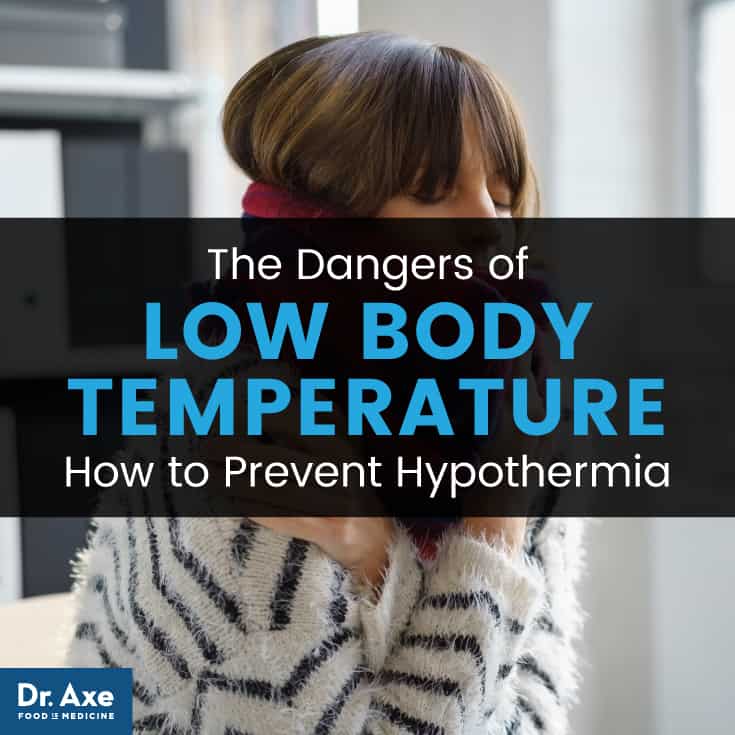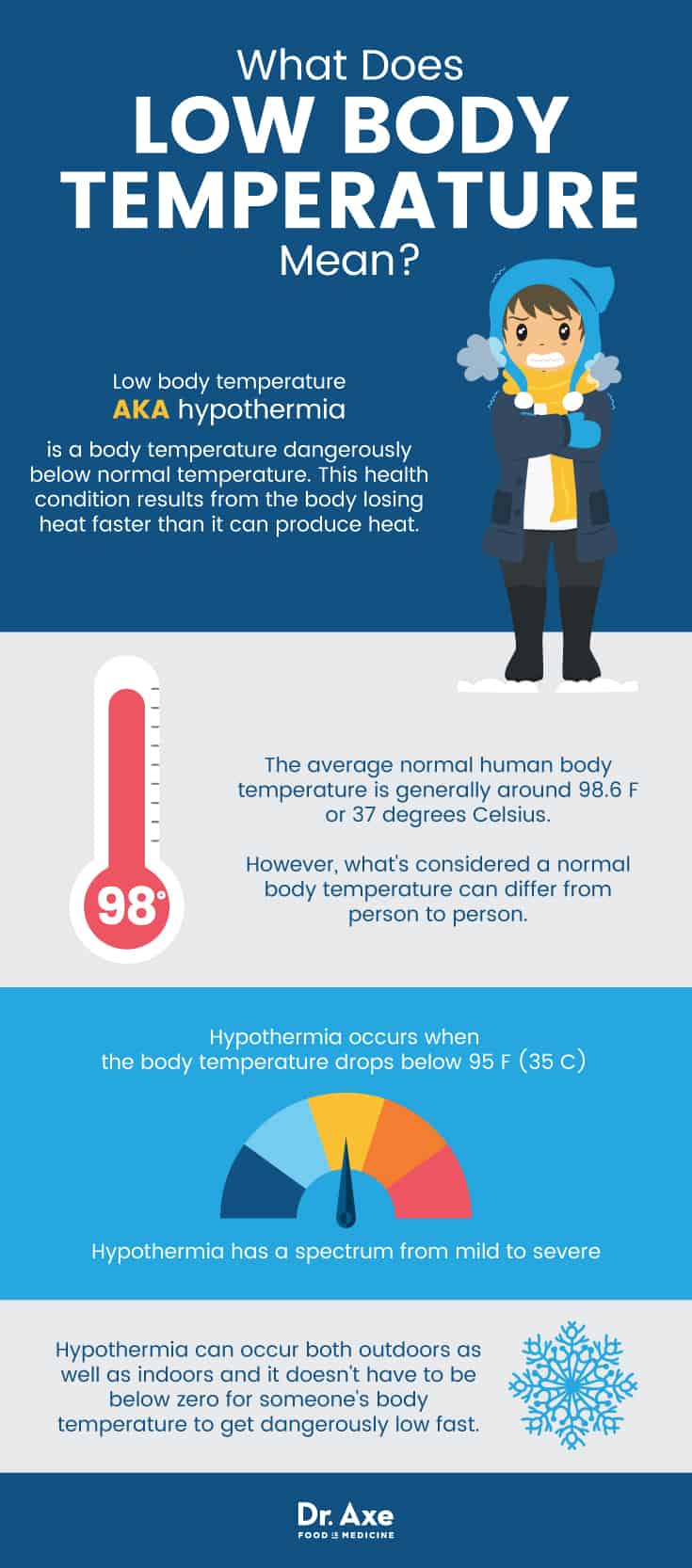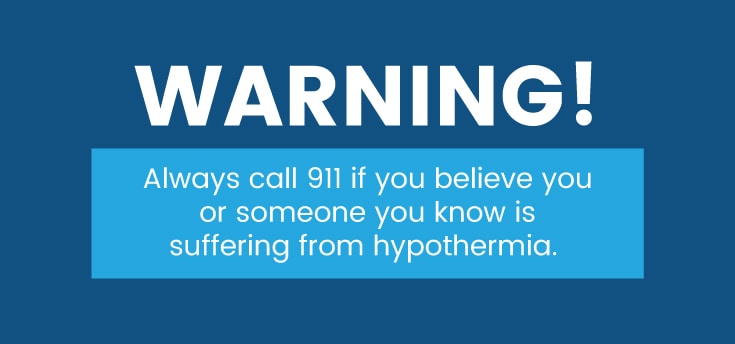This Dr. Axe content is medically reviewed or fact checked to ensure factually accurate information.
With strict editorial sourcing guidelines, we only link to academic research institutions, reputable media sites and, when research is available, medically peer-reviewed studies. Note that the numbers in parentheses (1, 2, etc.) are clickable links to these studies.
The information in our articles is NOT intended to replace a one-on-one relationship with a qualified health care professional and is not intended as medical advice.
This article is based on scientific evidence, written by experts and fact checked by our trained editorial staff. Note that the numbers in parentheses (1, 2, etc.) are clickable links to medically peer-reviewed studies.
Our team includes licensed nutritionists and dietitians, certified health education specialists, as well as certified strength and conditioning specialists, personal trainers and corrective exercise specialists. Our team aims to be not only thorough with its research, but also objective and unbiased.
The information in our articles is NOT intended to replace a one-on-one relationship with a qualified health care professional and is not intended as medical advice.
Dangers of Low Body Temperature + 5 Ways to Prevent Hypothermia
November 29, 2017

Hypothermia causes a lot more deaths than many people realize and it affects people of all ages. Hypothermia can occur both outdoors as well as indoors and it doesn’t have to be below zero for someone’s body temperature to get dangerously low fast! In fact, hypothermia can occur at cool temperatures (those above 40 degrees Fahrenheit) if you become chilled due to sweat, rain or being in cold water. (1)
Recently, and very sadly, a young Michigan college student hiking passed away from hypothermia while this same year, an elderly woman stranded outdoors for over four hours in temperatures in the mid-30s also succumbed to death resulting from hypothermia.
Before you think this is only an article for campers and outdoorsy types, hypothermia can also happen indoors. And the very young as well as the elderly can be particularly susceptible. In addition, a low body temperature can also be caused by opioid abuse, hypothyroidism, anorexia, septic shock and more. (2)
Shivering is typically one of the first signs of your body temperature dropping and it’s actually a defense mechanism that the body uses to keep itself warm. Hypothermia is known for coming on gradually, so it’s important to know the signs and best treatment before it’s too late!
What Is Low Body Temperature?
Human body temperature, whether too high or too low, can be indicative of a wide array of health concerns. Low body temperature — or hypothermia — is a body temperature dangerously below normal temperature. This health condition results from the body losing heat faster than it can produce heat. Another more simple hypothermia definition: subnormal temperature of the body. (3)
I’m sure you’re getting the picture — when you have hypothermia you are definitely feeling cold and the situation needs to be addressed right away because hypothermia symptoms follow a spectrum of progression from mild to outright deadly.
What is the normal body temperature? The average normal human body temperature is generally said to be around 98.6 F or 37 degrees Celsius. However, what’s considered a normal body temperature can differ from person to person. It can also vary depending on the time of day; your sex; what you recently ate or drank; where you are in your menstrual cycle (if you’re a woman); your level of physical activity; and your age. Research has shown that “normal” can be anywhere from 97 F (36 C) to 99 F (37.2 C). (4)
While a temperature higher than 100.4 F (38 C) is considered a fever, hypothermia is said to occur when the body temperature drops below 95 F (35 C). (5) Hypothermia has a spectrum from mild to severe. Temperatures can vary, but mild hypothermia is typically considered a body temperature between 89 F–95 F; moderate hypothermia is a body temperature between 82 F–89 F; and severe hypothermia is a body temperature lower than 82 F. (6)

Common Signs and Symptoms of Low Body Temperature
When you have hypothermia, your body’s normal temperature regulation abilities get overpowered, resulting in a body temperature that is much too low. Basically, heat loss wins over heat production.
Hypothermia typically comes on gradually and gets progressively worse as it is left untreated. Hypothermia symptoms commonly progress in the following way: (7)
- Cold feet, hands, and face
- Shivering (older adults may not have this symptom)
- Tiredness
- Drowsiness
- Confusion, irrational thinking
- Irritability
- Cold skin on the chest and abdomen
- Poor coordination and balance
- Stiff, jerking movements
- Slow, shallow breathing
- Slowed or irregular heartbeat
- Stiff muscles and some trembling
- Loss of consciousness
- Loss of heartbeat, leading to death
For infants, some important hypothermia signs to look for include: (8)
- Bright red skin that is cold to the touch
- Unusually low energy
Related: Why Am I Always Cold? Causes + How to Fix It
Causes and Risk Factors
Common causes of hypothermia include cold weather exposure or being submerged in cold water. (9)
Sometimes individuals experience a low body temperature because they have an infection, but this scenario is most likely to occur in people who are frail or older adults and newborns. Babies can’t regulate their body temperature like adults, so they are prone to fast heat loss.
Other things that can cause hypothermia include: (10)
- Alcohol or drug use
- Anesthesia
- Anorexia
- Hypothyroidism
- Malnutrition
- Medicines such as antidepressants, antipsychotics and sedatives
- Nerve damage
- Parkinson’s disease
- Sepsis
- Stroke
Wilson’s syndrome, also called Wilson’s temperature syndrome, is another condition typically more accepted as a diagnosis in the alternative medicine world. According to the American Thyroid Association, there is a lack of scientific evidence to support this diagnosis, which typically includes low body temperature and hypothyroid symptoms. (11, 12)
Conditions and risk factors that can lead to a case of hypothermia include: (13, 14)
- Cold indoor or outdoor temperatures
- Being outdoors for extended periods of time
- Infants, children and elderly without sufficient heat, shelter, food and/or clothing
- Babies sleeping in cold bedrooms
- Dehydration
- Improper clothing and equipment
- Wetness
- Having a mental illness
- Being homeless
- Fatigue, exhaustion
- Poor food intake
- Alcohol intake, which causes vasodilation leading to increased heat loss
- Lack of knowledge of hypothermia
Related: The Surprising Benefits of Swimming in Cold Water (+ How to Stay Safe)
Conventional Treatment
The first step if you or someone you know has hypothermia is to seek emergency medical care by calling 911.
According to Mayo Clinic, while waiting for emergency assistance you should “gently” move the person inside if they are outdoors and if it’s possible. However, be careful not to make any jarring movements that could bring on dangerous heartbeat irregularities. If the person is wearing wet clothing, then switching out that clothing for dry, warm coats or blankets is a helpful idea. (15)

5 Natural Treatments for Low Body Temperature
People can recover from even severe cases of hypothermia with prompt and appropriate treatment. Conventional treatment and natural treatment of hypothermia definitely have a lot of overlap. The following are treatment recommendations for hypothermia that both conventional and natural medical practitioners are likely to agree on.
While waiting for emergency medical care to arrive at your location, here are some of the best natural things to do for hypothermia:
1. Handle with Care
Alaska is certainly a state that deals with hypothermia on a regular basis. According to the Alaska Department of Health and Social Services:
A patient with moderate to severe hypothermia should be handled very gently and kept horizontal if at all possible. When cold, the heart is very prone to ventricular fibrillation with any disturbance. Even cautious movement of a patient may induce VF. A patient who is moderately or severely hypothermic and not in cardiac arrest may experience severe cardiovascular stress if placed in a vertical position. (16)
2. Gradual Rewarming
If the victim is outdoors, keeping the head and neck warm is key. If you can’t move the person indoors, then putting something between them and the cold ground is helpful. Remove wet clothing promptly. At this point, the CDC recommends the following rewarming measures: (17)
- First, begin to warm the center of the body first (chest, neck, head and groin) using an electric blanket, if possible.
- Use skin-to-skin contact under loose, dry layers of sheets, blankets, towels or clothing.
- Once there is an increase in body temperature continue to keep the person dry and wrapped in a warm blanket making sure to include the neck and head for optimal warming.
3. Warm, Sweet Beverages
As part of the rewarming process, it’s recommended to give the victim warm, sweet liquids. Of course, this is only a good idea if the person can swallow normally. Do not attempt to give liquids to someone who is unconscious. A warm beverage can help the person to increase their core temperature from the inside out and the sugar content can help give them some quick fuel. (18)
Some commonly recommended warm, sweet drinks include hot chocolate and hot apple cider. I have some healthy recipes for both:
- Hot Cocoa Recipe
- Spiced Hot Apple Cider Recipe (just leave out the citrus fruit slices to make it easier to sip)
4. CPR
Severe hypothermia can cause someone to lose consciousness. To those around them, it can seem like there is no breathing taking place. It also may be difficult to find a pulse. In addition to practicing gentle handling, the CDC says:
Even if the victim appears dead, CPR should be provided. CPR should continue while the victim is being warmed, until the victim responds or medical aid becomes available. In some cases, hypothermia victims who appear to be dead can be successfully resuscitated. (19)
5. What NOT to Do
What not to do in an emergency medical situation is just as important as what you should do. If you are caring for someone with hypothermia, there are many things you should not do and some of them are quite surprising. If you didn’t know better, you would think many of these sound like the perfect natural treatments, but trust the experts on this!
So what shouldn’t you do if you’re caring for someone with hypothermia? You should not give someone with hypothermia alcoholic beverages or cigarettes. It’s also key not to attempt to rewarm someone with low body temperature too quickly. So as smart as it may seem, don’t put them in a hot bath or under a heating lamp. The CDC recommends warming the center of the body, but it’s actually recommended not to warm the arms and legs because this can put too much stress on the heart and lungs. (20)
Precautions
Always call 911 if you believe you or someone you know is suffering from hypothermia. If you notice any hypothermia symptoms, take the person’s temperature and if it is below 95 F, then the situation is an emergency and you need to seek medical attention right away. For a baby, a temperature below 97 degrees is too low. (21)
Also seek urgent medical attention for a low body temperature that may be due to infections or other medical conditions such as diabetes.
Key Points
- It’s a smart idea to keep a thermometer on hand in case you need to check if you or someone you care for has a low body temperature. Hypothermia is a very dangerous health condition and prompt care is crucial to successful recovery.
- It’s important to check on elderly people who live alone regularly when it’s cold outside to make sure their body temperatures and homes are warm enough.
- Many people who experience hypothermia are dehydrated or lacking in nourishment. So no matter your age, make sure to take care of yourself, especially when you’re in conditions that can put you at risk for hypothermia.
- Consuming more warming foods like soups and stews is a great move in the colder, winter months to help keep your core temperature up. Also, try incorporating more warming spices into your diet such as ginger, turmeric, garlic and cayenne.
- Of course, dressing appropriately for the weather, removing wet shoes and clothing promptly, and keeping your home warm enough are all crucial to avoiding a chill that could lead to low body temperature.
- Remember that hypothermia is not just a risk of the winter or wilderness, so stay warm year-round, inside or out!



